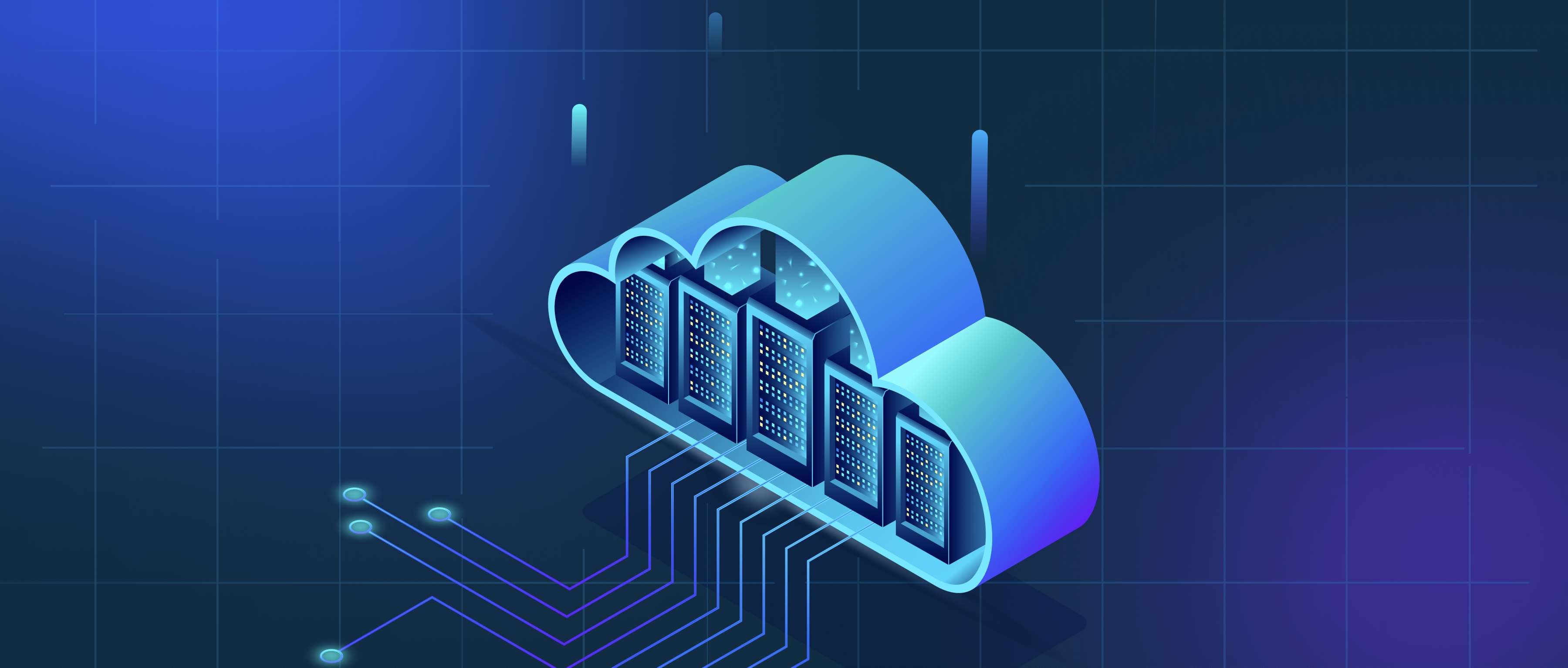BERT, RoBERTa, and DeBERTa are transformer-based models used for generating contextual embeddings, but they differ in architecture, training strategies, and performance. BERT, introduced in 2018, pioneered bidirectional context understanding by training on masked language modeling (MLM) and next sentence prediction (NSP). RoBERTa (2019) refined BERT’s approach by removing NSP, using larger datasets, and optimizing training parameters. DeBERTa (2020) introduced architectural innovations like disentangled attention and an enhanced mask decoder, improving precision in modeling token relationships. Each model builds on its predecessor, balancing efficiency, data usage, and accuracy.
BERT’s key innovation was its bidirectional training, which allowed tokens to consider context from both directions. For example, in the sentence “The bank account was near the river,” BERT distinguishes between “bank” as a financial institution versus a riverbank by analyzing surrounding words. It uses MLM (masking 15% of tokens for prediction) and NSP (determining if two sentences follow each other). However, BERT’s fixed masking pattern during training and reliance on NSP were later criticized. RoBERTa addressed these by dropping NSP (finding it unnecessary) and adopting dynamic masking, where masks change across training epochs. This, combined with larger batches (8k vs. BERT’s 256) and more data (160GB vs. 16GB), made RoBERTa outperform BERT on benchmarks like GLUE and SQuAD.
DeBERTa further advanced this lineage by decoupling content and positional information in its attention mechanism. Traditional models like BERT merge these aspects, but DeBERTa processes them separately, allowing finer-grained token relationships. For instance, in “He put the apple on the table,” DeBERTa better captures whether “on” refers to placement (position) or dependency (content). It also uses an enhanced mask decoder that incorporates absolute token positions during MLM, improving performance on tasks requiring precise syntactic understanding. DeBERTa-v3, a later version, achieved state-of-the-art results on SuperGLUE by scaling these ideas. While RoBERTa optimizes BERT’s training, DeBERTa innovates at the architectural level, making it more effective for complex tasks like question answering or semantic role labeling where context and position matter. Developers might choose BERT for simplicity, RoBERTa for balanced performance, or DeBERTa for tasks demanding higher accuracy.
